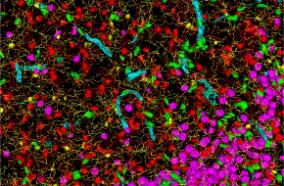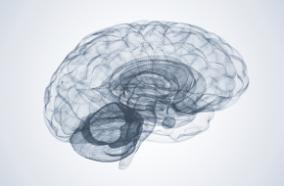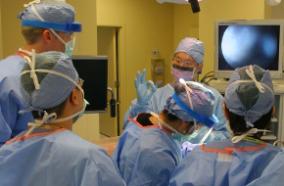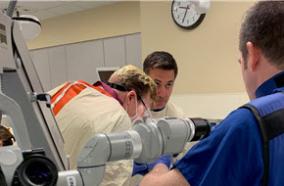Related Articles
Prospective Validation of an mRNA-based Urine Test for Surveillance of Patients with Bladder Cancer.
Eur Urol. 2019 05;75(5):853-860
Authors: Valenberg FJPV, Hiar AM, Wallace E, Bridge JA, Mayne DJ, Beqaj S, Sexton WJ, Lotan Y, Weizer AZ, Jansz GK, Stenzl A, Danella JF, Shepard B, Cline KJ, Williams MB, Montgomery S, David RD, Harris R, Klein EW, Bradford TJ, Wolk FN, Westenfelder KR, Trainer AF, Richardson TA, Egerdie RB, Goldfarb B, Zadra JA, Ge S, Zhao S, Simon IM, Campbell SA, Rhees B, Bates MP, Higuchi RG, Witjes JA
Abstract
BACKGROUND: A fast, noninvasive test with high sensitivity (SN) and a negative predictive value (NPV), which is able to detect recurrences in bladder cancer (BC) patients, is needed. A newly developed urine assay, Xpert Bladder Cancer Monitor (Xpert), measures five mRNA targets (ABL1, CRH, IGF2, UPK1B, and ANXA10) that are frequently overexpressed in BC.
OBJECTIVE: To validate Xpert characteristics in patients previously diagnosed with non-muscle-invasive BC.
DESIGN, SETTING, AND PARTICIPANTS: Voided precystoscopy urine samples were prospectively collected at 22 sites. Xpert, cytology, and UroVysion were performed. If cystoscopy was suspicious for BC, a histologic examination was performed. Additionally, technical validation was performed and specificity was determined in patients without a history or clinical evidence of BC.
OUTCOME MEASUREMENTS AND STATISTICAL ANALYSIS: Test characteristics were calculated based on cystoscopy and histology results, and compared between Xpert, cytology, and UroVysion.
RESULTS AND LIMITATIONS: Of the eligible patients, 239 with a history of BC had results for all assays. The mean age was 71 yr; 190 patients were male, 53 never smoked, and 64% had previous intravesical immunotherapy (35%) or chemotherapy (29%). Forty-three cases of recurrences occurred. Xpert had overall SN of 74% (95% confidence interval [CI]: 60-85) and 83% (95% CI: 64-93) for high-grade (HG) tumors. The NPV was 93% (95% CI: 89-96) overall and 98% (95% CI: 94-99) for HG tumors. Specificity was 80% (95% CI: 73-85). Xpert SN and NPV were superior to those of cytology and UroVysion. Specificity in non-BC individuals (n=508) was 95% (95% CI: 93-97).
CONCLUSIONS: Xpert has an improved NPV compared with UroVysion and cytology in patients under follow-up for BC. It represents a promising tool for excluding BC in these patients, reducing the need for cystoscopy.
PATIENT SUMMARY: Xpert is an easy-to-perform urine test with good performance compared with standard urine tests. It should help optimize the follow-up of recurrent bladder cancer patients.
PMID: 30553612 [PubMed - indexed for MEDLINE]



















